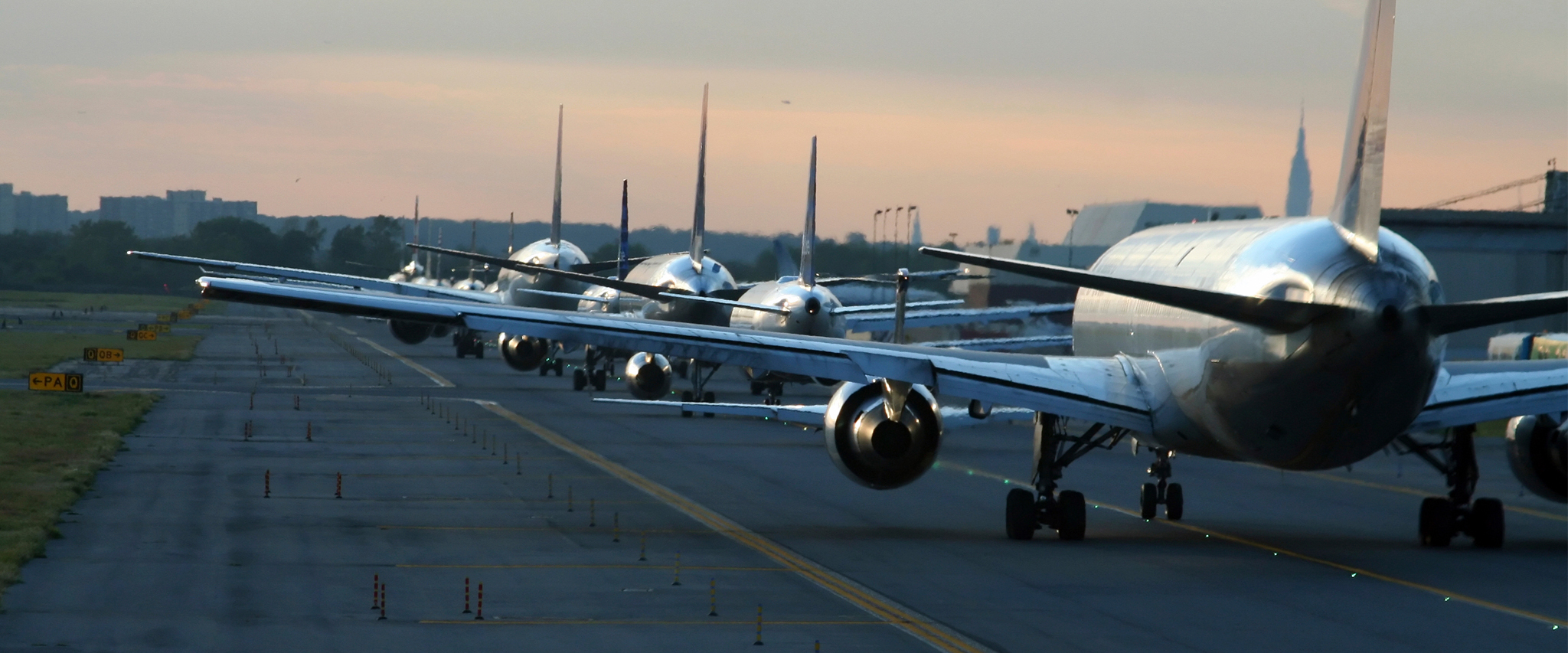Many commercial U.S. airports routinely publish economic impact studies, operations statistics, and environmental and sustainability reports. Although these reports and planning efforts are helpful for communicating with the public and engaging with stakeholders concerning known sensitivities or activities, airports often encounter challenges in quantifying their economic, social, and environmental benefits and impacts in a comprehensive manner. Emerging issues such as affordable housing shortages, population growth near airports, and related development are difficult to understand through conventional airport reporting methods. Obtaining a better understanding of their surrounding communities and individuals’ perception of Quality of Life (QOL) will benefit airport leadership by enabling them to more easily identify challenges and concerns, as well as understand how the airport can create opportunities to address these challenges.
HMMH recently completed research to develop a methodology to measure the quality of life (QOL) in communities surrounding airports, published in September 2020 as ACRP Research Report 221: Measuring Quality of Life in Communities Surrounding Airports. The report provides airports with a tool to better understand their impacts on the QOL of surrounding communities (both positive and negative), which can in turn inform planning processes and stakeholder engagement efforts. A key component of the research process was the development of the QOL assessment methodology and subsequent review and validation of the methodology with three partner airports. Workshops were held at the partner airports with key stakeholder groups, including both internal airport stakeholders and external community stakeholders, which helped shape the overall approach.
The QOL assessment methodology is intended for airports (or any organization that utilizes the assessment methodology) to collect baseline qualitative and quantitative data concerning multiple indicators of QOL. The indicators compiled for this study cover a wide range of topics that collectively contribute to overall QOL as organized into six high-level categories (i.e., economic, environmental, health, local governance/community services, social relationships, and transportation). Indicators include considerations such as access to transportation and healthcare, job satisfaction, the intensity of aircraft noise annoyance, satisfaction with the quality of parks and natural spaces, and feeling of belonging to a community. The guidebook provides a framework for airports to gather information from a range of stakeholders and obtain a more holistic view of QOL in their communities.



